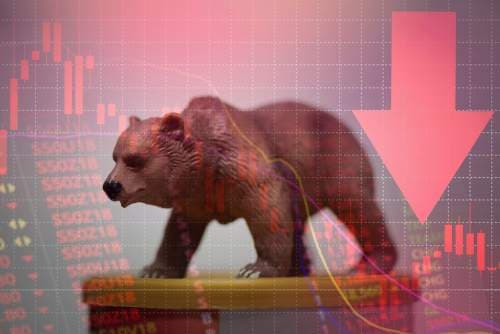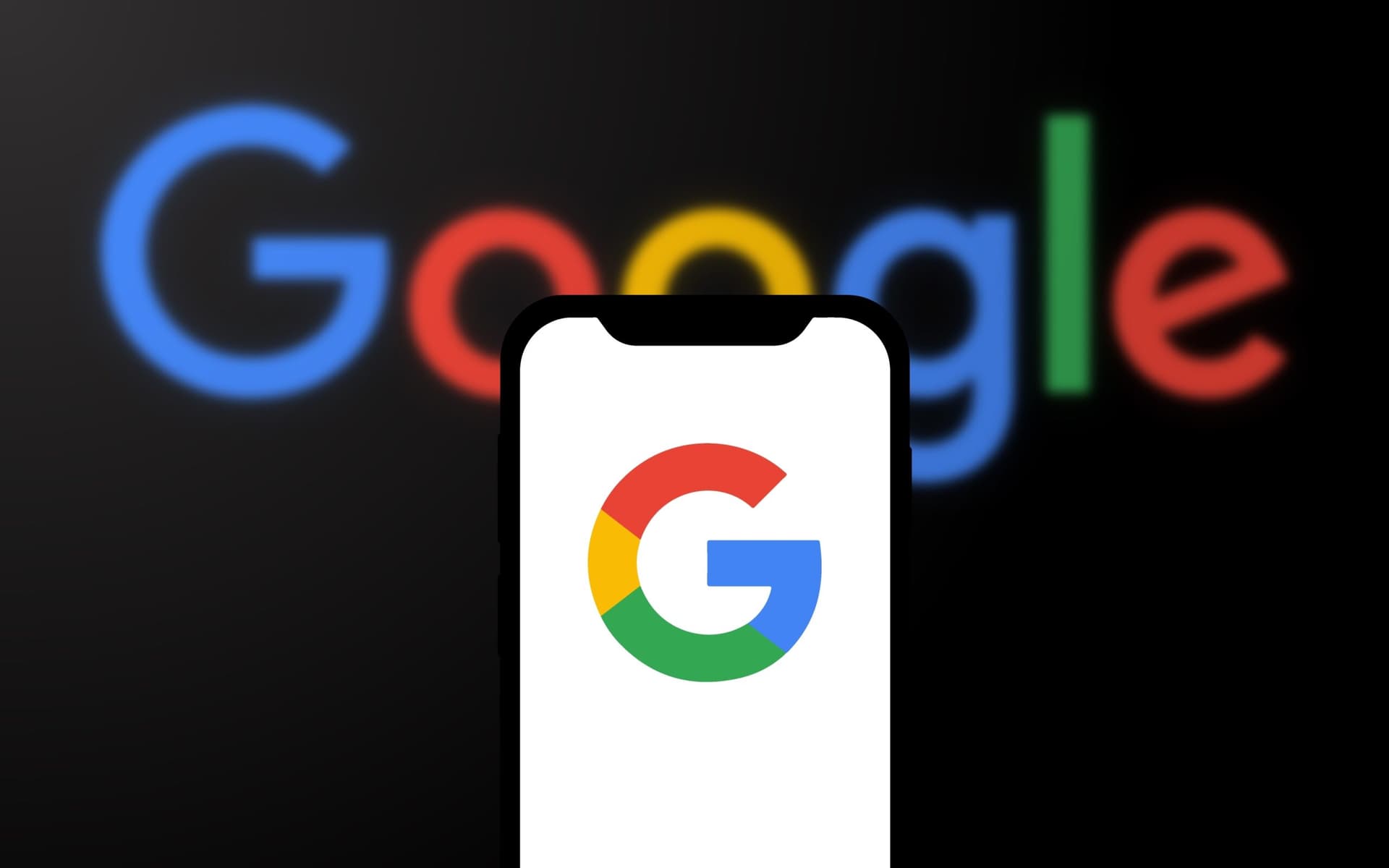Beneath the Surface
Global Food Prices Are Entering Very Dangerous Territory
December 12, 2024 • 5 minute, 5 second read

Michael Snyder, Michael Snyder’s Substack
What in the world is going to happen if global food supplies continue to get even tighter? During the second half of this year global food prices have been surging. A “perfect storm” of factors is suppressing production all over the planet, and meanwhile worldwide demand for food just keeps rising. Needless to say, higher prices hurt those at the bottom of the economic food chain the worst. Food prices have become a major issue in country after country, and if current trends continue it won’t be too long before widespread unrest breaks out. Here in the United States, the cost of living is absolutely eviscerating the middle class. If a way cannot be found to stabilize food prices, we will be seeing a tremendous amount of anger and frustration in 2025 and beyond.
Last week, it was being reported that global food prices had risen to “the highest level in 19 months”…
The world food price index, compiled by the U.N. Food and Agriculture Organization (FAO) to track the most globally traded food commodities, increased to 127.5 points last month from a revised 126.9 points in October, the highest level in 19 months and up 5.7% from a year ago.
The vegetable oil index jumped 7.5% above levels seen a month ago and 32% above those seen a year earlier, driven by concerns over lower-than-expected palm oil output due to excessive rainfall in Southeast Asia.
Clearly, things are not heading in the right direction.
But what could be coming next is potentially even more alarming.
Insane global weather patterns are having a dramatic impact on the production of some of our most important staples, and as a result prices are rapidly trending higher. For example, the price of Arabica beans has risen over 80 percent so far in 2024…
Coffee drinkers may soon see their morning treat get more expensive, as the price of coffee on international commodity markets has hit its highest level on record.
On Tuesday, the price for Arabica beans, which account for most global production, topped $3.44 a pound (0.45kg), having jumped more than 80% this year. The cost of Robusta beans, meanwhile, hit a fresh high in September.
It comes as coffee traders expect crops to shrink after the world’s two largest producers, Brazil and Vietnam, were hit by bad weather and the drink’s popularity continues to grow.
If you love coffee, you are already feeling quite bit of pain.
Unfortunately, it appears that coffee prices could become even more painful in 2025.
A similar thing is happening to another very popular morning beverage.
The price of orange juice is up 327 percent over the last 3 years, and thanks to Hurricane Helene and Hurricane Milton it is expected to go even higher in 2025…
As consumers struggle with higher prices for groceries, one staple of the American breakfast is about to get a lot more expensive. Plagued by diseased groves, uprooted trees to make room for housing developments, and severe weather that has decimated crops, the price of orange juice has skyrocketed in the past 3 years by 327% and is expected to climb even higher in the wake of Hurricanes Helene and Milton which swept through Florida less than three weeks apart.
According to industry data, Hurricane Milton destroyed over 3 million boxes of oranges in Florida, setting the state up for the smallest orange harvest in close to 100 years. Coupled with a protracted drought in Brazil, the world’s largest orange exporter, the price for frozen concentrated orange juice trading on the Intercontinental Commodity Exchange (“ICE”) has soared 80% to a record high of $5.25 per pound.
Many Americans like to have eggs with their orange juice in the morning, but the bird flu is sending egg prices into the stratosphere.
In some areas of California, a dozen eggs will now cost you more than 4 dollars…
Economists said the bird flu is continuing to impact the supply chain, with California becoming the epicenter of the virus and the fallout.
Gillian Thorp went to her local Trader Joe’s in Santa Clara in search for a dozen eggs that now costs her $4, assuming she could find some in the first place.
“I stopped by the egg section and there were only two choices,” Thorp said. “It was pretty empty. I usually only purchase organic eggs and there was only one choice for that.”
The bird flu isn’t going anywhere.
In fact, a fresh wave is sweeping across the United States right now.
So if you love eggs, that is really bad news.
Meanwhile, the size of the U.S. cattle herd has fallen to the lowest level since 1961…
America’s beef cow inventory has steadily declined over the last half-decade, reaching 64-year lows and signaling a deepening crisis across the cattle industry. As the cattle crisis worsens, consumers should brace for higher ground beef prices.
The shrinking beef supply has pushed the nation’s herd size to its smallest level since 1961. With severe droughts, high interest rates, costly feed prices, sliding farm income, surging farm debt, and a shifting consumer preference toward cheaper chicken, struggling ranchers have been culling heifers, preventing any meaningful recovery in the number of calves necessary to expand the nation’s herds.
There were 183 million people living in the United States in 1961.
Today, our population is nearly double that figure.
So we have the same amount of beef that we did in 1961 to feed almost twice as many people.
If you were wondering why beef prices had gotten so high, now you know.
Instead of eating a steady diet of high quality food, we are being fed an endless stream of heavily-processed packaged foods that are loaded with extremely unhealthy filler ingredients such as high fructose corn syrup.
Sadly, many Americans are in such financial distress that the heavily-processed packaged foods are all that they can afford.
Of course even the heavily-processed packaged foods are quite a bit more expensive than they once were.
We have definitely entered very dangerous territory, and I fully expect the trends that have been pushing up food prices to accelerate even more in 2025.
~~Michael Snyder, Michael Snyder’s Substack



